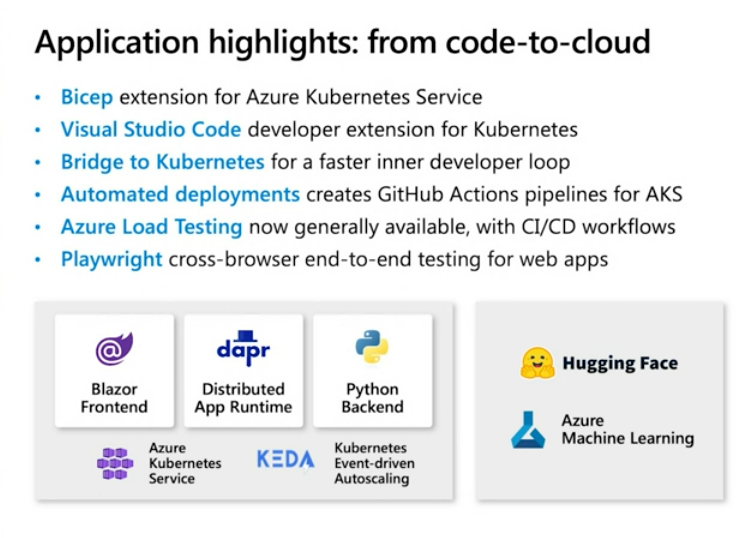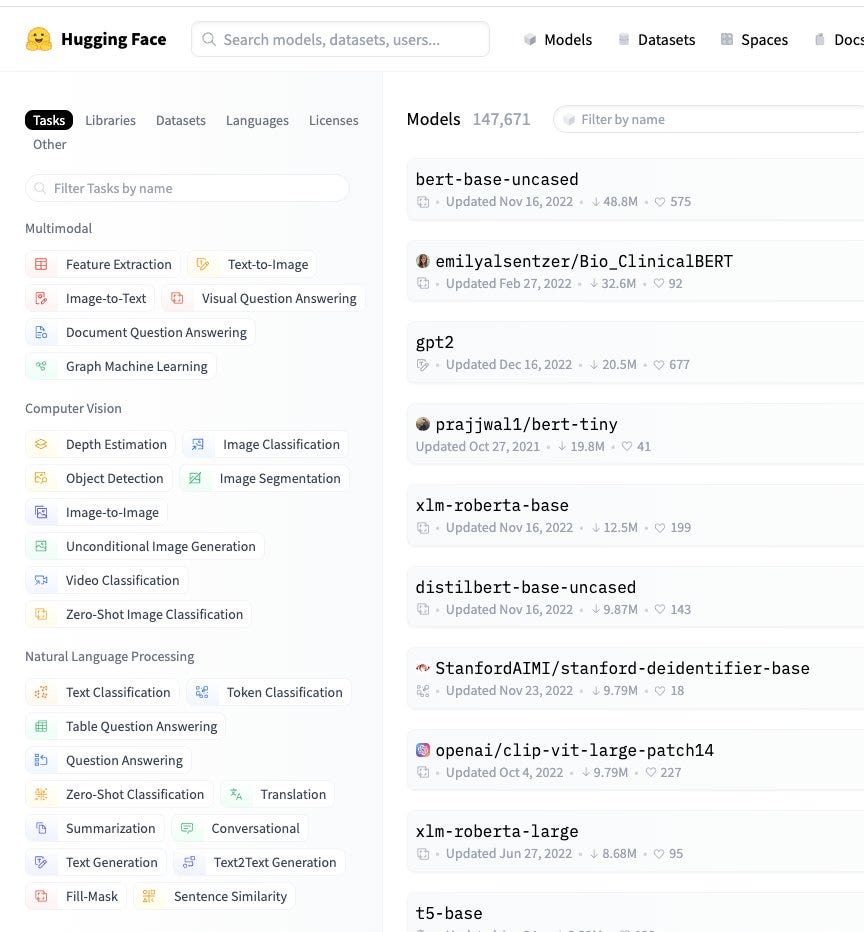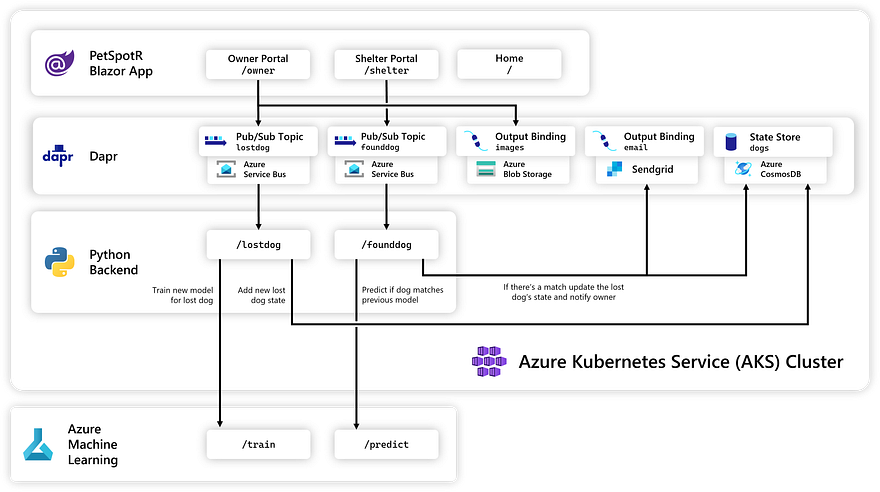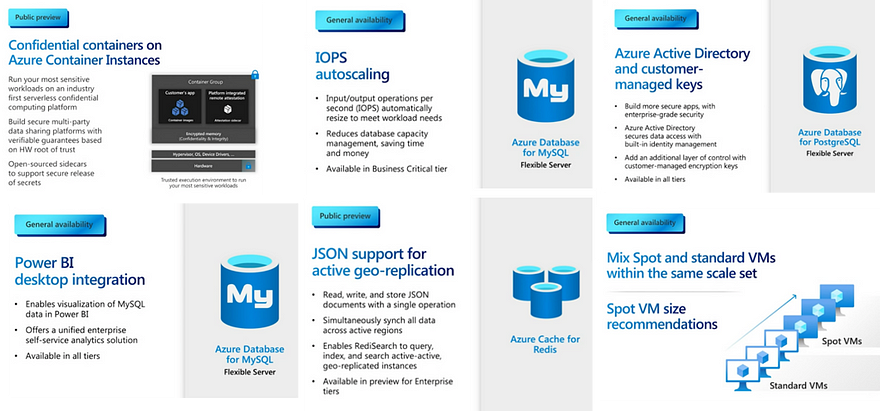Microsoft has organized an Azure Open Source Day on March 7, 2023. A key focus of the event was to promote building Cloud-native applications applying Open source technologies along with Azure. This article highlights key takeaways from Azure Open Source Day 2023 sharing news, product updates, innovation stories, and more.
#1 — Developer productivity with the open-source ecosystem
- With GitHub as a platform for sharing Open source projects, leveraging the ecosystem of products helps to improve developers’ productivity.
- The code-to-cloud path has been made easier with tools such as Codespaces (as a Cloud-based development environment), Bicep (a declarative tool similar to Terraform), VS Code Extension for Kubernetes (for an easier interface), Bridge to Kubernetes (to develop and debug Microservices from IDE), GitHub Actions for AKS and beyond (for automated deployment using CD), Azure Load Testing (a fully-managed load testing service using Apache JMeter), and Playwright (for end-to-end cross-browser testing).
- Other solutions highlighted — KEDA (an open-source event-driven auto-scaling solution for Kubernetes), Dapr as a Microservices building block with a distributed runtime, Headlamp for Kubernetes Web UI, Helm, Docker, and many more.

#2 — Artificial Intelligence (AI) Services and Machine Learning are in mainstream adoption
- With the success of OpenAI’s ChatGPT, Microsoft has established itself as a key player in providing Cloud-based Artificial Intelligence (AI) and Machine Learning capabilities on-demand. This has opened up new possibilities with an Open source mindset as an underlying enabler.
- Democratization of AI and Machine Learning capabilities with communities like Hugging Face got highlighted during the event. Hugging Face’s role as a collaboration platform makes it easy to seamlessly and scalably launch ML computing directly from its Hub.

- AI-powered sample application (for lost pets) leveraging open source, cloud-native microservices using Python Flask, distributed runtime using Dapr, machine learning using Azure ML, infrastructure-as-a-code using Bicep, and other modern technologies is a great reference application. Click here to access the source code of the demo application and below is the reference architecture.

#3 — Enhanced and new cloud services with innovation in consideration
Services updates and enhancements as part of the event are summarized as below:
- Azure Database for MySQL launching an auto-scaling feature
- Power BI desktop integration
- Confidential containers for increased security
- JSON support for active geo-replication in Azure Cache for Redis

To conclude, with GitHub in its ecosystem — Microsoft’s support for Open source has established it as a key contributor and inspired other product and cloud companies to follow the pattern. Great news for the Opensource community!
References:
Disclaimer:
All data and information provided on this blog are for informational purposes only. All the images used are from Google Cloud Summit for reference. The author makes no representations as to the accuracy, completeness, correctness, suitability, or validity of any information on this blog and will not be liable for any errors, omissions, or delays in this information or any losses, injuries, or damages arising from its display or use. This is a personal view and the opinions expressed here represent my own and not those of my employer or any other organization.

